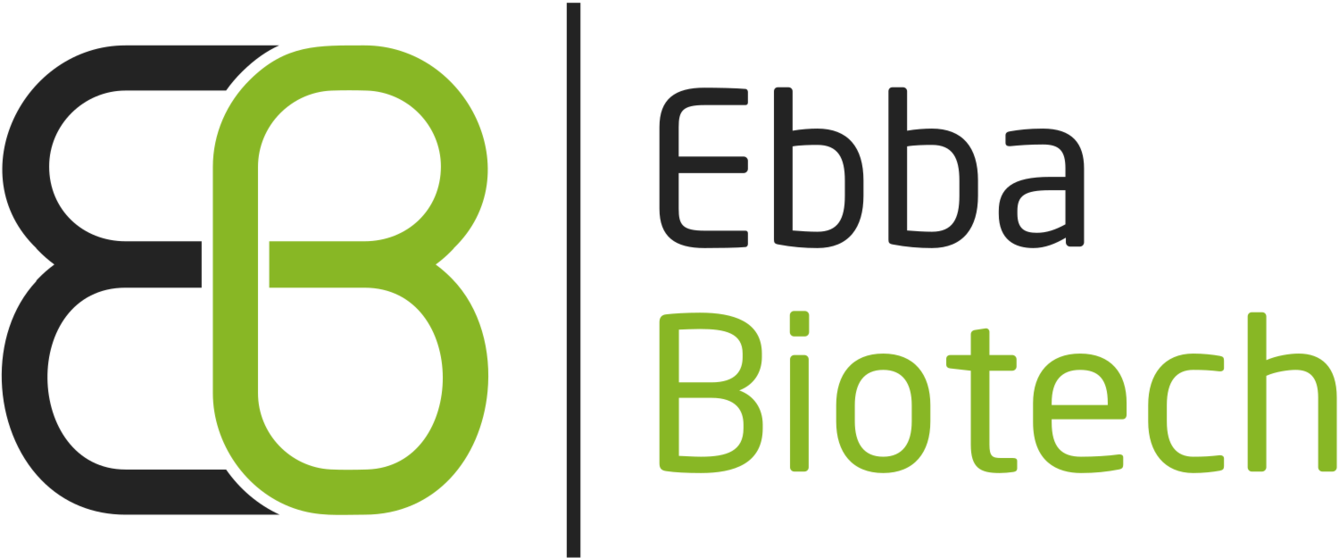Amytracker for systemic injection
Amytracker can be used for intravenous- or intraperitoneal injection in small animals to label protein aggregates in vivo. It will readily cross the blood brain barrier and can be imaged by intra-vital microscopy or after removing the tissue and preparation of microscope slides. For systemic injection, we recommend to use our Amytracker - Solid formulation that comes in sterile injection bottles.
Solutions and Reagents:
Assay Procedure:
Readout
Solutions and Reagents:
- Amytracker - Solid 1mg
- Physiological saline
- Injection syringes and needles
Assay Procedure:
- Add 250 µl physiological saline to the Amytracker - 1mg Solid by injecting it directly through the rubber stopper. Dissolve all powder residues by shaking or vortexing the bottle.
- Inject a total dose of 5mg/KG of Amytracker intravenously or intraperitoneally.
- You can expect to see staining of cerebral plaques 24-h up to 1 week after injection.
Readout
- For multiphoton microscopty, all Amytracker variants can be excited with a tuneable laser at 800 nm. See the table below for excitation and emission properties of all Amytracker variants with standard microscopy methods.
Multi-Laser / Multi-Detector Imaging with Amytracker
Amytracker are optotracers with structure-dependent photo-physical properties. All Amytracker variants are designed to bind to the Congo red binding pocket on the amyloid fibril and require a theoretical minimum of eight in-register parallel-β-strands for binding. Therefore, Amytracker reliably labels amyloids derived from a variety of amyloidogenic proteins or peptides from different species. Due to their structure-dependent photo physical properties, the Amytracker variants are only fluorescent when binding to a target and different targets can produce a difference in the molecules fluorescence spectrum. To investigate different targets, we recommend to perform imaging by exciting the sample with different wavelengths collecting fluorescence intensity in multiple emission ranges (see the table below for reference). Excitation- and emission spectra for all Amytracker variants can be accessed here.
| Channel | Excitation | Emission range | Amytracker variant |
|---|---|---|---|
| CH1 | 405 nm | 400-490 nm | Amytracker 480 Amytracker 680 |
| CH2 | 405 nm | 490-600 nm | Amytracker 480 Amytracker 680 |
| CH3 | 405 nm | 600-660 nm | Amytracker 480 Amytracker 680 |
| CH4 | 405 nm | 660-700 nm | Amytracker 480 Amytracker 680 |
| CH5 | 488 nm | 500-580 nm | Amytracker 520 Amytracker 540 Amytracker 630 |
| CH6 | 488 nm | 580-650 nm | Amytracker 520 Amytracker 540 Amytracker 630 |
| CH7 | 488 nm | 650-700 nm | Amytracker 520 Amytracker 540 Amytracker 630 |
| CH8 | 561 nm | 600-650 nm | Amytracker 630 Amytracker 680 |
| CH9 | 561 nm | 650-700 nm | Amytracker 630 Amytracker 680 |
| CH10 | Brightfield | ||
